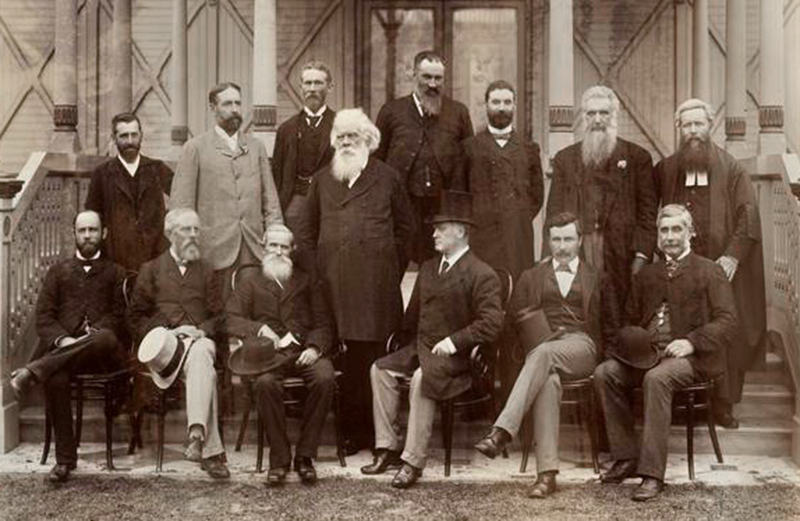Who came up with Australia's form of government?
Australia became a nation on 1 January 1901 when the 6 colonies – New South Wales, Victoria, Queensland, South Australia and Western Australia and Tasmania – decided to federate – unite. Through Federation, the states transferred some of their law-making power to the Australian Parliament.
The Australian Constitution, which outlines our form of government, was drafted at a series of conventions – meetings – attended by representatives of the colonies. These conventions were held between 1891 and 1898. The Constitution was then approved by a vote of the people in referendums held in each colony between June 1899 and July 1900. In deciding Australia’s system of government, the drafters of the Constitution were influenced by both the Westminster tradition of the British Parliament and by the federal model that existed in the United States. As a result, Australia’s system of government is often referred to as ‘Washminster’.
Members of the Australasian Federation Conference, 1890

National Library of Australia, AN14292110
Description
This sepia-toned photo was taken at the Australasian Federation Conference in Melbourne in 1890. These 14 men were delegates from the 6 Australian colonies and the colony of New Zealand. At the Conference, they discussed the idea that the colonies should unite. Notable advocate for Federation Henry Parkes is standing fourth from left, and Alfred Deakin (who would go on to become Prime Minister of Australia) is standing sixth from left.
You may save or print this image for research and study. If you wish to use it for any other purposes, you must declare your Intention to Publish.